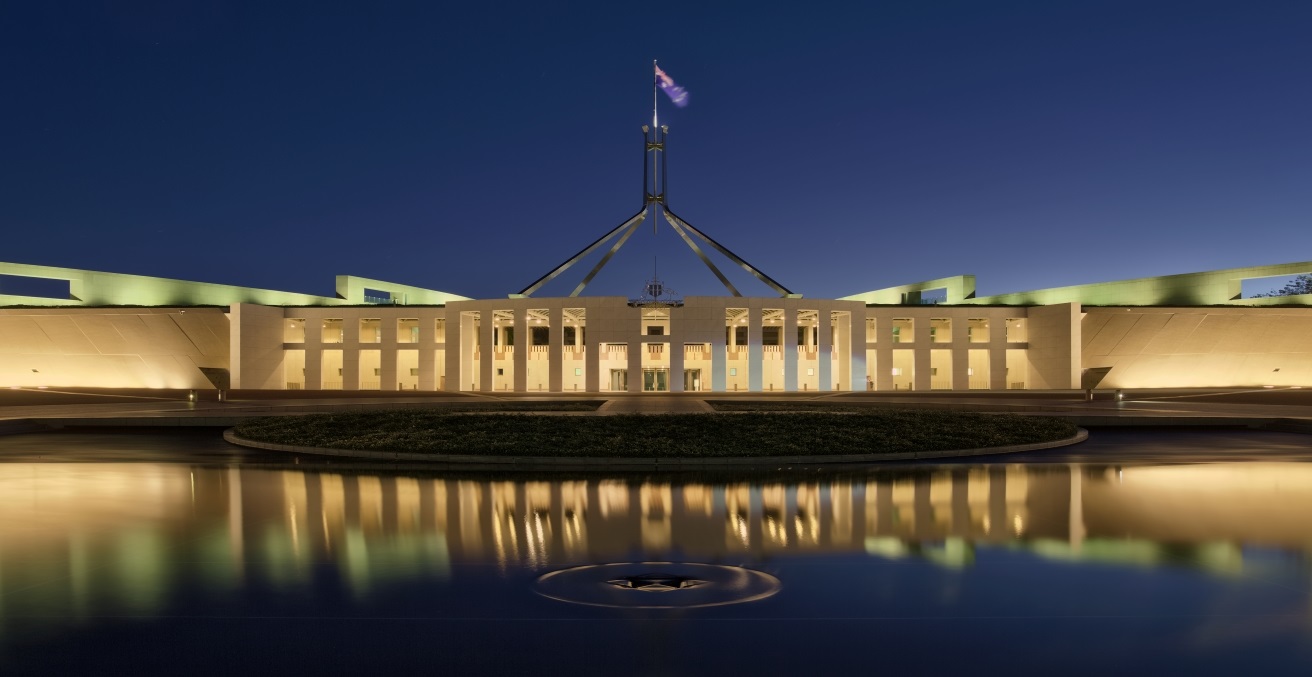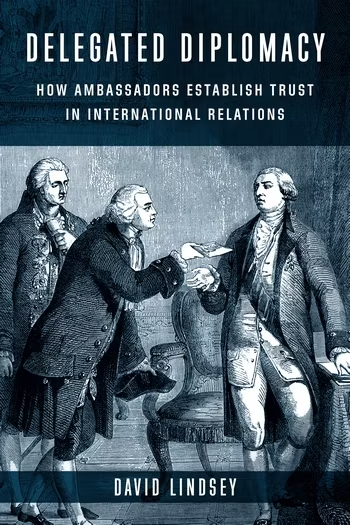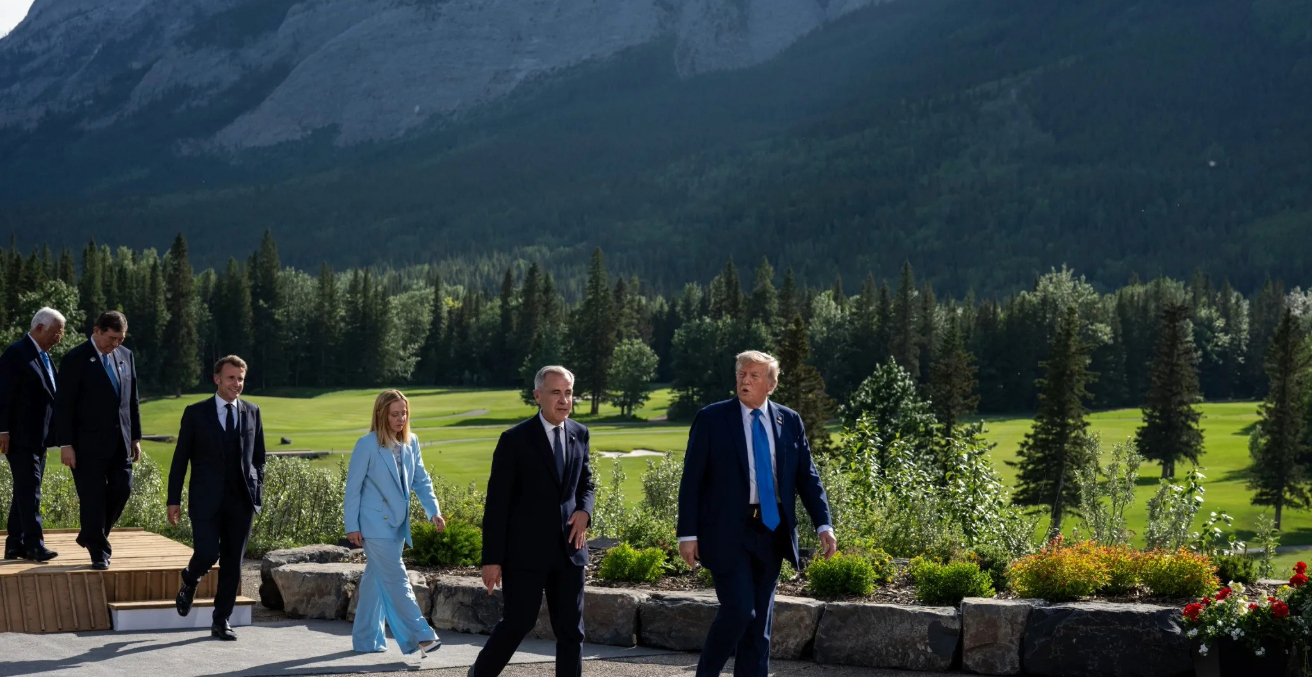Trump’s second term will see renewed pressure on Mexico over immigration, trade, and security, but Mexico’s growing economic and strategic importance limits how far the US can act unilaterally. While Trump seeks to impose tariffs and toughen immigration policies, Mexico’s government under Claudia Sheinbaum Pardo is prepared to push back, leveraging trade dependencies and regional cooperation to negotiate better terms.
Before becoming an official candidate in 2015, Trump labelled immigrants from Mexico (and “the other Mexican Countries” (by which he meant Guatemala, Honduras and El Salvador) as “rapists” and “drug traffickers” that “steal” and “kill.” This discourse has polarised the immigration agenda in the United States and continued to be a crucial and divisive issues in the 2024 presidential election. Now with Donald Trump’s inauguration and his first 100 days it is crucial to understand future likely trends with regard to the US-Mexico relationship.
The US–Mexico relationship is characterised by deep inequalities. One such example is the trade imbalance, which gives the US power to persuade Mexico to align with its foreign policy interests. As stated by Jorge Schiavon, when the United States government perceives a risk to its national security, it will use its economic and trade power to influence Mexico. Migration and drug trafficking have been the topics identified by Trump for national security consideration, and the USMCA has been his weapon. Still, as we demonstrate below, the US cannot act unilaterally against Mexico—it also needs some cooperation from the Mexican government. To understand where the second Trump administration might go with Mexico and immigration, it is useful to consider the legacy of the first Trump administration.
Trump 1.0: building the wall
The violence in Central America has led to the creation of migration corridors from El Salvador, Honduras, and Guatemala to Mexico and then subsequently into the United States. In 2015, the homicide rates (per 100,000 inhabitants) were 103 in El Salvador, 55 in Honduras, and 33 in Guatemala. In contrast, the homicide rate that year in Australia was 0.99. The widespread violence in the region has forced immigrants to travel together, a phenomenon known as “caravans.”
In October 2018, a caravan of more than 5,000 immigrants was organised in San Pedro Sula, Honduras, with the aim of crossing Mexico into the United States. This event caught the attention of President Trump, who mentioned it in a Tweet:
Mexico is doing very little, if NOTHING, to stop people from flowing into Mexico from their southern border and then into the US. They laugh at our dumb immigration laws. They must stop the big drug and people flows, or I will stop their cash cow, NAFTA. NEED WALL.
On 20 December 2018, a letter from the US Department of Homeland Security arrived at the Mexican Secretary of Foreign Affairs, informing them that the US would begin returning asylum seekers to Mexico, with immediate implementation. Unilaterally, the Department introduced the Migrant Protection Protocols, known as “Remain in Mexico.” This program allowed US officials to repatriate asylum seekers into Mexico while they waited for their court hearings. By the end of 2019, 57,000 people had been returned to Mexico under this program.
New migrant caravans kept arriving to the United States and on the 29 May 2019 Trump tweeted:
On June 10th, the United States will impose a 5% Tariff on all goods coming into our Country from Mexico, until such time as illegal migrants coming through Mexico, and into our Country, STOP. The Tariff will gradually increase until the Illegal Immigration problem is remedied.
Ten minutes after the tweet, Marcelo Ebrard, the secretary of foreign affairs for the Mexican government called the White House, which led to negotiations that included the increased efforts to stop immigrants in Mexico with the deployment of the National Guard on the southern border and the expansion of the Remain in Mexico Program. Additionally, Ebrard was able to obtain US investment in the Central American region, which aligned with Mexico’s policies. Trump seemed satisfied with the negotiations and tweeted about it. In 2020, corresponding with the global pandemic, low immigration levels were maintained.
Although his “impenetrable, beautiful and strong” wall was not built during his first term, Trump was able to influence the Mexican government to align with his policies and decrease the immigration rate. Trump celebrated at an event in Ohio in April 2022 by noting that “I have never seen someone bent to his knees like him”—referring to the secretary of foreign affairs of Mexico
Trump 2.0
The key issues on President Trump’s current agenda for Mexico include its relationship with China, drugs, and immigration into the United States. During his campaign, Trump outlined his plans for Mexico, ranging from military action against the cartels and mass deportations to neglecting birthright citizenship and imposing tariffs. These were all proposals he presented in executive orders signed on his first day in office. As in his previous administration, tariffs have been used as leverage to secure Mexico’s cooperation. However, Mexico’s new president, Claudia Sheinbaum Pardo, has resisted such pressure, as have others.
President Sheinbaum has said that if tariffs are imposed on Mexico, she will impose some of her own as well on strategic products that the US relies upon—including cars, agriculture, and gas. In a letter sent to Trump, she called for dialogue and negotiation because, for her, tariffs will not stop illegal immigration or drug trafficking into the United States. The reality is that Mexico has prepared to respond to some of Trump’s concerns. There are three examples. These include decreasing the illegal border crossings from Mexico to the US from December 2023 to November 2024. In large part, this decrease has been attributed to the stronger immigration policies of Mexico in recent years. During the Biden administration, Mexico began implementing a program to transport migrants from the north border to the southern border of its land mass. In the letter, President Sheinbaum mentioned that if a percentage of US war spending could be invested in development in Central America, that would be a solution. Another is the massive seizure by Mexican officials of fentanyl—more than 20 million doses—valued at more than $400 million in US street value. The final was a presidential decree to impose a 35 percent tariff on textiles imported from China, in addition to an increase to 19 percent of tariffs on other products from China.
Aside from that, Mexico’s government has prepared for the mass deportations announced by Trump with 2,610 lawyers and 469 law firms giving assistance to the Mexican migrants.
The reality is that despite the economically unequal relationship between Mexico and the US, Mexico has been gaining strategic and economic importance. As a consequence of the trade war between the United States and China, Mexico became the most important trade partner of the US in 2023. Mexico represents 16 percent of their commerce, meaning a tariff war with Mexico will also affect US economic interests, particularly with respect to cars, gas, and food, among other products. Therefore, for Trump to have a political win with his voters on the immigration issue, he will need the cooperation of Mexico’s government.
Jaime Arturo Padilla holds a Ph.D from the University of Sydney. His research analyses the changes of Mexican immigration policies towards Central Americans and the relationship with the United States. Jaime has also worked in academia in different universities in Mexico, Canada, and Australia.
Associate Professor Anna Boucher is Chair of Government and International Relations at the University of Sydney and author of four books, numerous articles, and policy reports on immigration. She is a regular government advisor on immigration issues.
This article is published under a Creative Commons License and may be republished with attribution.




